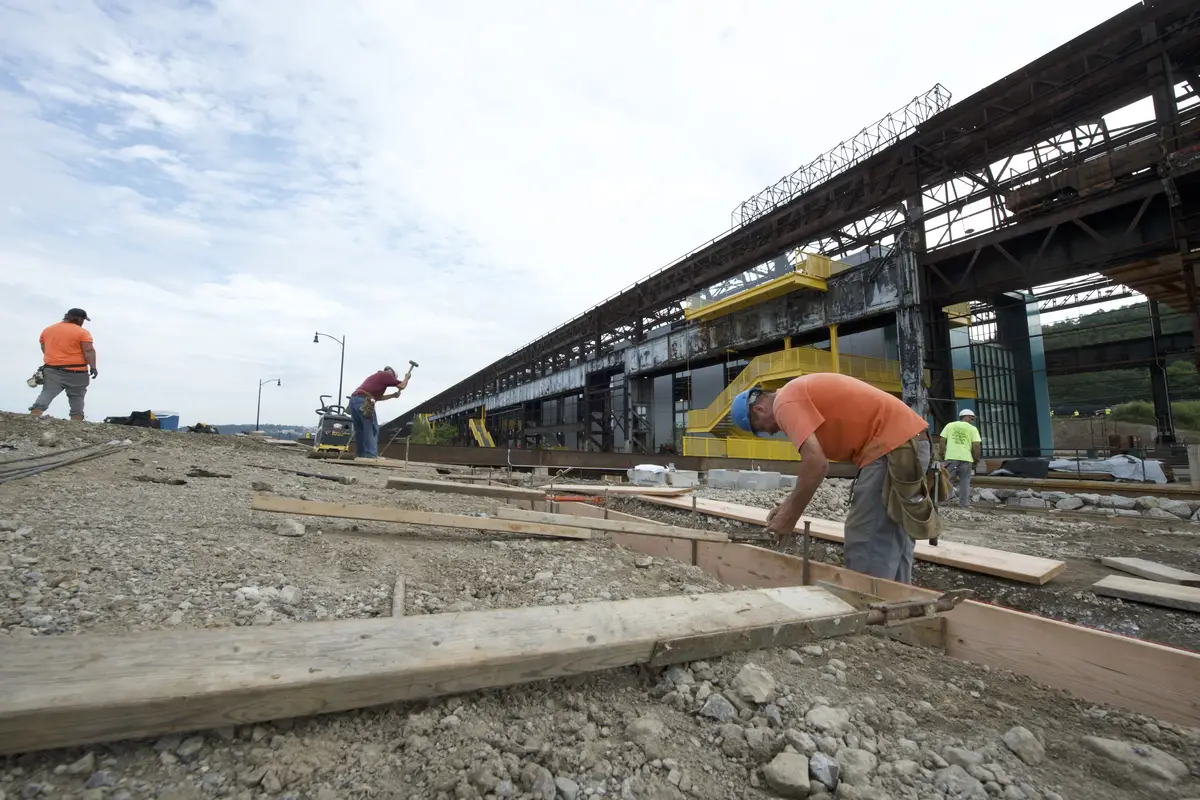Autonomous drones are becoming an important tool on construction sites because they can quickly survey land and buildings without needing someone to fly them. That saves contractors time, cuts costs and makes inspections safer. Carnegie Mellon University researcher Kenji Shimada aims to make drones safer by eliminating onsite drone collisions.
How a drone safely navigates its surroundings
In order to avoid a collision, drones have to be aware of the other objects around them. This starts by ensuring the drone can “see” everything in its path. Shimada(opens in new window), Theodore Ahrens Professor in Engineering in the College of Engineering(opens in new window), does this by installing both a high-quality camera and radar sensor onto the drones. This allows the drone to detect 3D objects around it and understand its distance from each object or person. Because the drone is collecting data from different sensors, each dataset can be cross-checked for accuracy, which adds another layer of security. Next, Shimada ensures that his drones can predict where and how people will move using a model called the Markov Decision Process that generates all possible paths including stopping, turning and forward movement. The drones can use this information to plan the safest route.
As an added bonus to general contractors, Shimada found that his radar sensor is able to measure the coordinates of a construction site after just one 30-second flight.
“Land surveying requires expensive equipment and leaves room for human error,” said Shimada. “Automating this process would save time and money.”
From simulation to real-world application
Reinforcement learning is a machine-learning technique that mimics the trial-and-error method people use as they learn to navigate the world. In the real world, this would look like a handful of drones flying into people and buildings as they learn how to avoid them. But Shimada’s team creates digital simulations to expose thousands of drones to any number of collision risks in a destruction-free, injury-free environment.
“Safety is always the most important thing,” said Shimada. “In this case we are looking at making it safer for drones to operate around workers on construction sites, but there are also a lot of dangerous sites where drones can take over jobs to make people safer in those environments too.”
